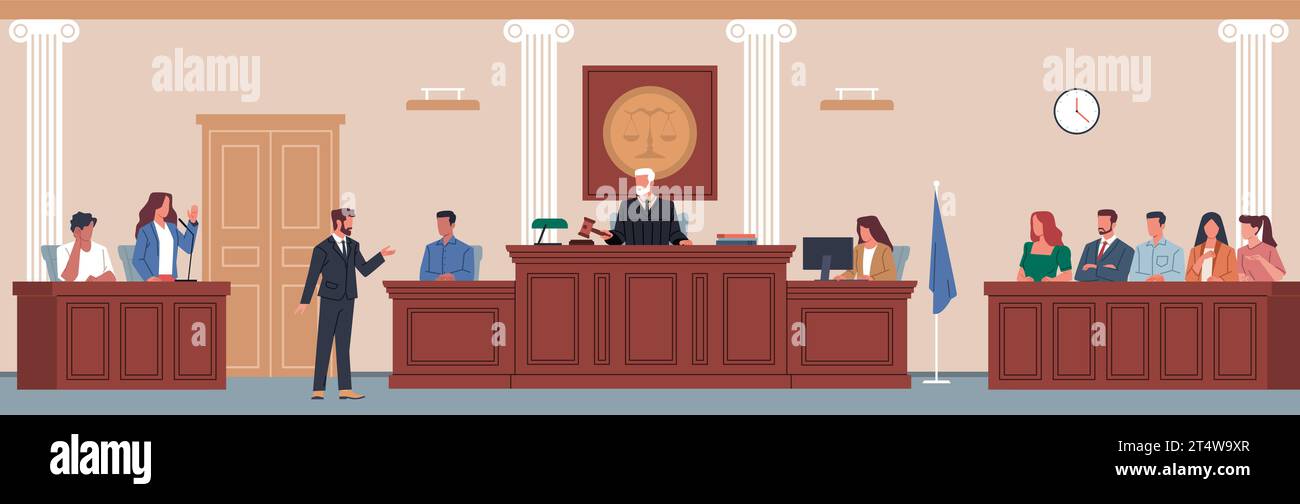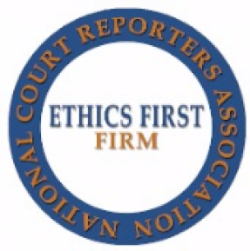Exactly How Test Presentations Enhance Your Disagreement and Persuade Jurors
Trial presentations serve as a crucial system for improving lawful arguments and persuading jurors. The critical usage of visuals not only clarifies complex info but likewise records jurors' focus extra properly than words alone.

Relevance of Aesthetic Aids
Visual aids play a vital duty in enhancing the efficiency of test discussions, as they can significantly enhance audience involvement and retention of info. In the context of a trial, where jurors are tasked with processing facility information, aesthetic aids serve to simplify and clarify bottom lines. Graphes, charts, and pictures can convey information and ideas that might otherwise bewilder or puzzle jurors, permitting for an extra uncomplicated understanding of the evidence presented.
Additionally, aesthetic aids assist in keeping juror focus throughout the procedures. By damaging the uniformity of spoken testament, these tools can punctuate critical disagreements, making them much more remarkable. Reliable visual aids can likewise stimulate emotional reactions, which can be essential in encouraging jurors to line up with the presenter's narrative.

Crafting Engaging Stories
An engaging narrative is important in trial discussions, as it works as the backbone of efficient persuasion. It permits lawyers to weave with each other realities, proof, and psychological components into a coherent tale that reverberates with jurors. This narrative framework enables jurors to understand the intricacies of the situation while directing them with the attorney's disagreement.
To craft an engaging narrative, lawyers ought to concentrate on quality and comprehensibility. In addition, the use of brilliant descriptions can develop mental pictures that aid jurors picture the occasions, making the story more unforgettable.
Furthermore, incorporating key styles throughout the discussion enhances the core message and help in retention - trial presentations. The story ought to not just share details but additionally evoke a feeling of justice, highlighting the stakes included. Ultimately, a well-constructed story promotes a link between the jurors and the situation, placing the attorney's disagreement as both credible and engaging, consequently raising the possibility of a favorable decision

Engaging the Court Mentally
Efficient jury engagement hinges on the attorney's capacity to link with jurors on an emotional level. This link can considerably impact jurors' understandings and their best decision-making.
Aesthetic aids, such as photos or videos, can additionally boost psychological interaction, offering jurors with vibrant depictions of the case's human elements. Crafting a story that highlights the struggles and accomplishments of the individuals included guarantees that jurors see beyond the legal disagreements and acknowledge the human effects of their decisions.
Moreover, tone and body find more information movement play a crucial function in conveying emotion. An attorney's enthusiastic delivery can reverberate with jurors, strengthening their emotional financial investment in case. It's necessary to stabilize sob stories with valid evidence, ensuring that jurors feel obliged to act while remaining based in the truth. Ultimately, a psychologically engaged court is more probable to be convinced, making emotional connection a crucial element of reliable trial presentations.
Structuring Your Presentation

The body of the presentation must be logically fractional right into crucial factors, each supported by engaging proof. It is advantageous to use storytelling techniques to weave facts into a story that jurors can conveniently follow. Aesthetic aids, such as charts and video clips, can enhance understanding and interaction, aiding to highlight important items of evidence.
Real-World Case Studies
Analyzing real-world study provides very useful insights into the art of trial discussions and persuasion. For example, the landmark situation of "O.J. Simpson v. Individuals of California" shows how visual help and engaging stories can persuade jury perceptions. The defense team effectively employed a method that integrated top-level professional testaments with multimedia presentations, which mesmerized jurors and ultimately affected their choice.
An additional significant example is the "McDonald's Coffee Instance," where the plaintiff's attorneys made use of graphic pictures of the injuries endured by Stella Liebeck. trial presentations. This plain visual proof played a crucial function in conveying the intensity of her burns, causing a considerable court award. Such situations show that impactful test discussions typically pivot on the effective integration of visuals and storytelling to evoke psychological feedbacks from jurors
Additionally, the "Casey Anthony Trial" highlighted the value of narrative comprehensibility and trustworthiness. The link prosecution's failing to develop an engaging timeline diminished their convincing power, underscoring the requirement of a well-structured discussion. Assessing these situations my link discloses that effective trial discussions need critical planning, psychological interaction, and the ability to resonate with jurors' worths and beliefs.
Final Thought
Test presentations considerably enhance arguments and persuade jurors via the tactical use of aesthetic aids, compelling narratives, and emotional engagement. By simplifying complicated information and fostering connections with the audience, these components produce a remarkable and impactful experience. A well-structured discussion equilibriums emotional charms with accurate evidence, inevitably resonating with jurors' values. The combination of these techniques not only influences decision-making however also highlights the importance of efficient communication in the court room.